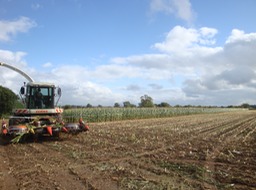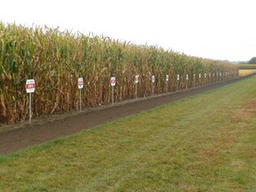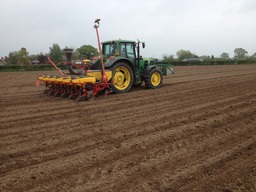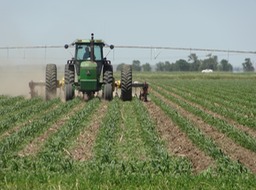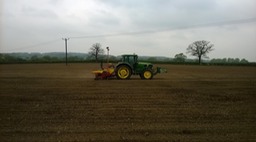In a dry year, maize is a fantastic way of getting the most forage tons per acre from your land. As long as it has been planted into reasonable soil conditions and has adequate moisture the crop will thrive in most situations to produce 12 – 20 tons of fresh weight per acre at 35% moisture. The key to optimising your maize crops is knowing your soils.
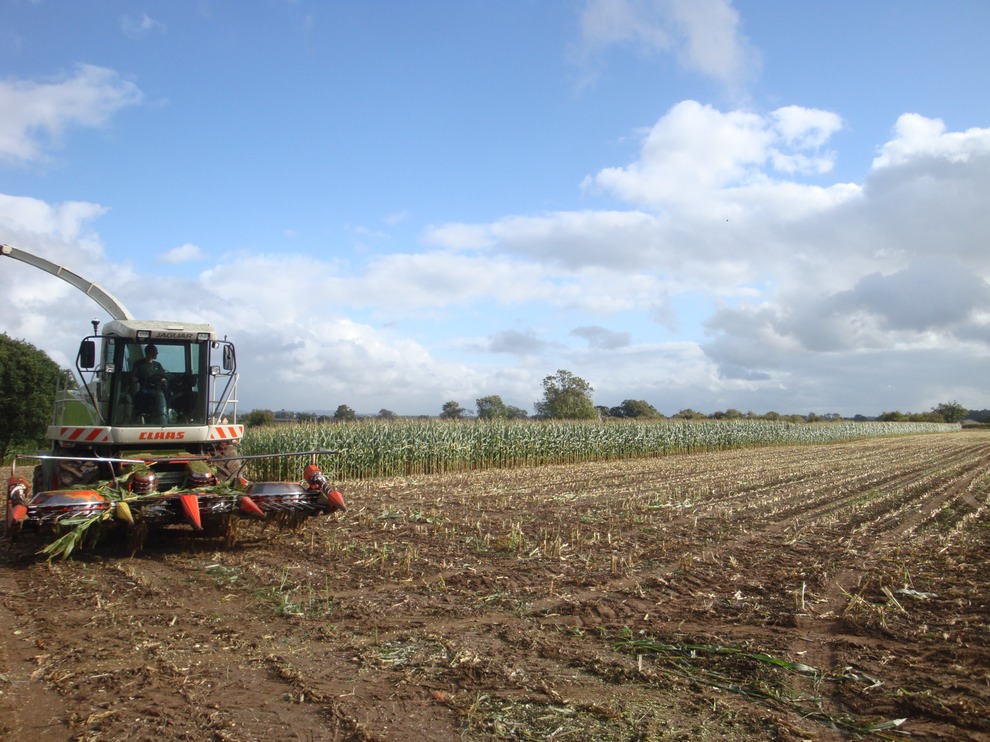
Soil is an ordered combination of minerals, organic matter, air, water and living organisms. The physical condition of the soil is described by two terms, soil texture and soil moisture.
Texture - the feel of the soil
Structure - the way in which soil particles aggregate or bind together.
The main types of soil are Sand, Silt, clay, calcareous and organic. The easiest way to define these soils is through a hand test.
If a ball of soil about the size of a walnut is worked in the hand.
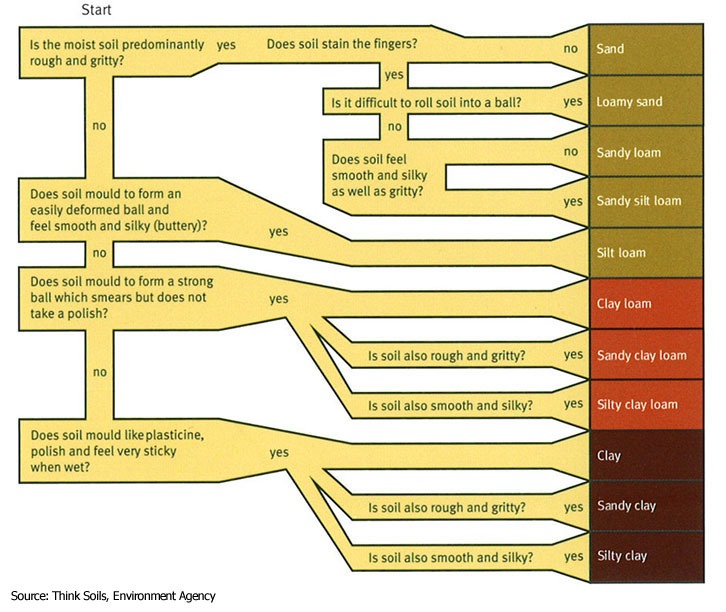
Organic soils may give a silky or greasy feel and has high amounts of organic matter.
Calcareous soils contain more than 5% chalk.
Influence of Soil Texture
- Soil Structure
- Water Availability and Drainage
- Ease of Cultivation
- Nutrient Retention
- Potential for Erosion
- Temperature
The characteristics of the different soil types are
- Sand - easy to cultivate, warms quickly, long growing season and has natural drainage. Is drought prone, it gets wind blown, has nutrient shortage and leaching.
- Clay - retains moisture and nutrition but is slow draining, hard to cultivate, prone to compaction, has a short growing season and cultivation window.
- Organic - high nitrogen content, easily cultivated and holds water but has trace element deficiencies and is difficult to control weeds
- Calcareous - well drained but high pH can lead to trace element deficiencies and is often shallow and drought prone
- Silt - will grow all crops well, has excellent water holding properties, but is prone to capping
In a wet year, on especially heavy low-lying clay loam land with poor drainage, maize will struggle to produce an adequate crop and will sometimes only grow a few feet high. It will usually produce a cob so low to the ground it will not be picked up by the forage harvesters and will also be susceptible to pest attack, mainly from badgers.
In an ideal world maize would be grown on free draining sandy soils, where big yields are achievable every year. In the real world maize is fast becoming the most important crop for forge and energy in the UK and will be grown wherever possible.
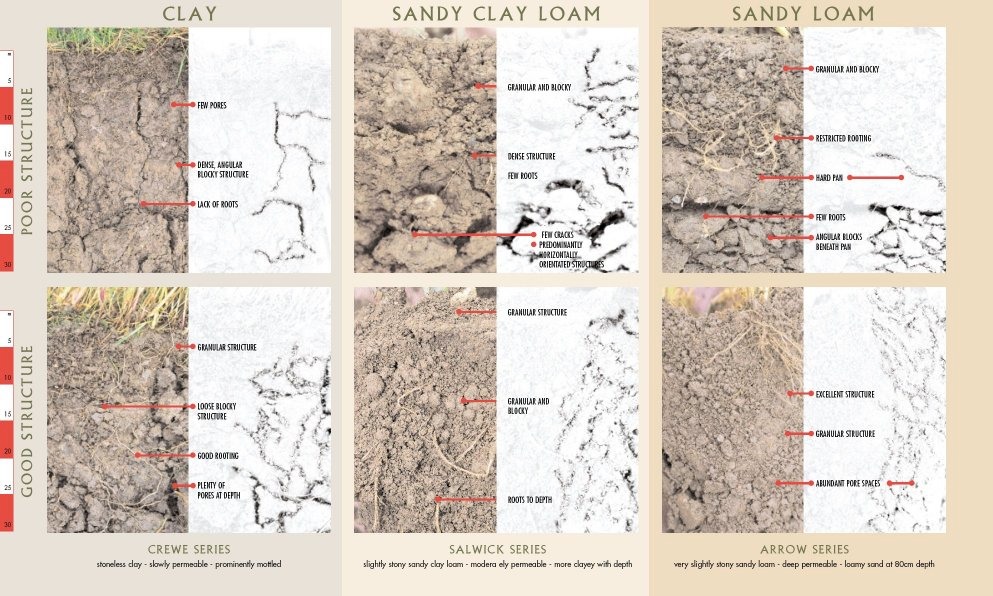
Having at least three feet of soil is essential for the extensive root system of the maize plant, but six feet is preferable. On heavy soils subsoiling or pan-busting is necessary to remove any compaction from harvesting the previous crop.
Maize is very sensitive to cold climates and ground temperature needs to be 10 degrees Celsius before the crop can be planted. Sandy soils warm up more quickly than heavy clay soils. Some sandy fields can be planted in the first week in April. Planting earlier means earlier harvesting, which can be essential for those looking to keep maize in the feed ration all year and for anaerobic digesters with a huge consumption.
Although growing on sites that are 180 meters above sea level are considered to be very marginal, there is now the option of growing the crop under plastic. Growing maize under plastic has been thought of as a waste of money by farmers, however this operation has been refined over recent years. It is claimed by the manufacturers that the extra cost of plastic and the specialised drill to plant and lay the polythene is money well spent. The extra grain yield produced by the crop pays for the operation . It is an also excellent way also for people wishing to grow grain maize as earlier planting means earlier maturity.
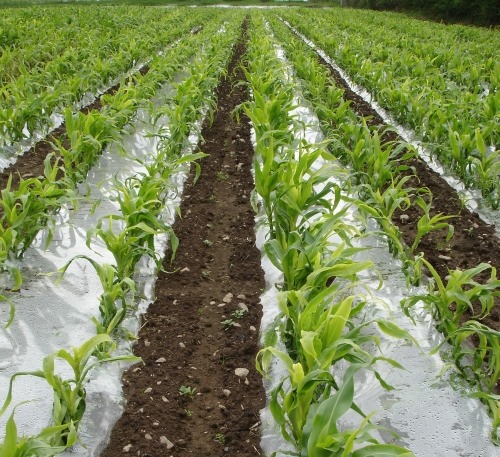
Maize can be planted as early as mid March under plastic, as the plastic acts as a microclimate for the soil, keeping the warmth in and the cold out. Growing maize under plastic makes the process more reliable for those that have only marginal ground and acts as an insurance policy for the weather being poor later in the season. Earlier planting means earlier harvest so it is uncommon to be harvesting a crop grown under plastic in early september, leaving the soil in great condition to plant a following crop.
Where grown on hills and banks, the fields that are selected should preferably be south facing to maximise the sunlight needed, east and west facing fields are ok but north facing should be avoided if possible.
